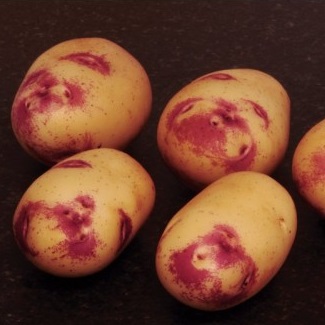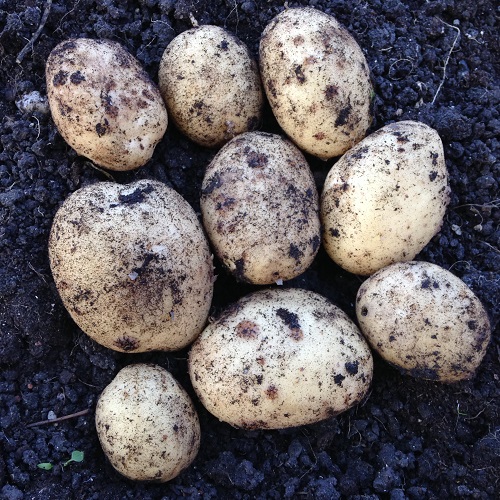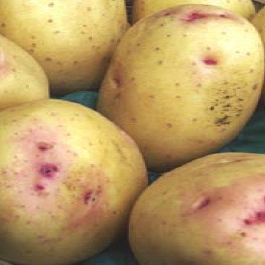Customers who bought this item also bought:
Customer Reviews
Write a Review and share your opinions!
10 July 2013
I grew three tubers per bag. Mixed a little fertiliser with the compost before planting. These were placed in an unheated greenhouse and watered as necessary. The bags were brought out when all frosts had passed. Harvested late June.
Fantastic crop. Really clean and disease free, the bags were bulging.
22 January 2013
Grew these for the first time last year. Even though the weather was bad they did very well. The potatoes were smaller than they should have been due to the weather but the plants produced plenty of tasty potatoes that didn't disintergrate when steamed. Would highly recommend.
t




